



To effectively utilise high-pressure cleaning devices, it is vital to grasp the fundamental components that drive their performance. These units operate by converting electrical energy into kinetic energy, which is then channelled through a water stream at remarkable speeds.
The core of the system is an electric motor that powers the entire mechanism. This motor essentially forms the heart of the apparatus, turning rotational energy into pressure. When the motor runs, it draws water from a source, typically a garden tap, pushing it through an inlet filter to remove any debris that could impede performance.
A pump follows, which plays a crucial role. It pressurises the water, allowing it to exit through a nozzle at an accelerated pace. The nozzle’s design further enhances this effect by constricting the flow, which amplifies the water’s velocity and increases its impact on surfaces. For optimal cleaning efficiency, using the correct nozzle attachment for the task at hand is key.
Lastly, many models come with additional features like adjustable pressure settings or detergent injectors. These enhancements can be particularly beneficial for tackling diverse cleaning tasks, from light dirt removal to tackling stubborn grime. Familiarising yourself with these functionalities can significantly improve the overall efficacy of your cleaning sessions.
Understanding the basic components of pressure cleaning systems
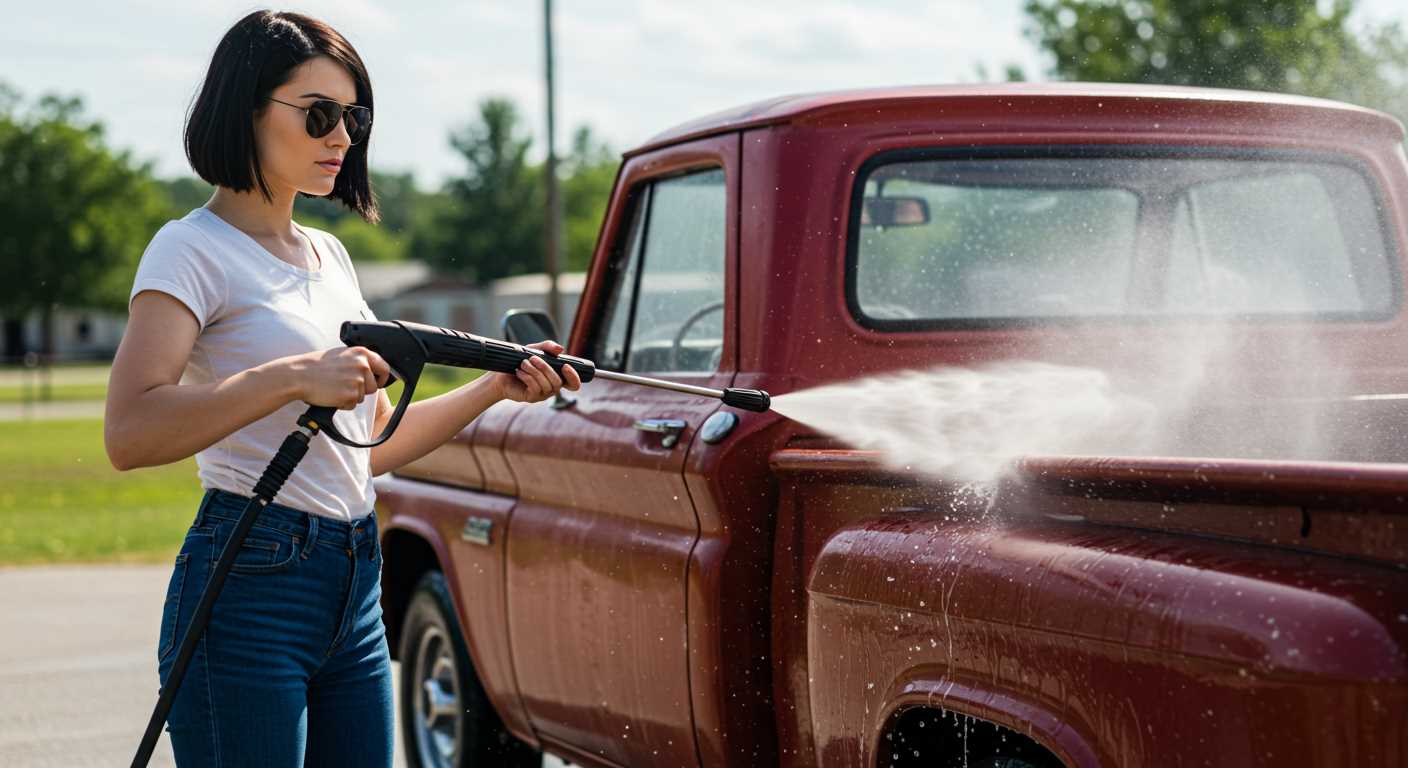
Focusing on key parts will enhance your experience with these systems. Here’s a breakdown of the primary components:
- Motor: This is the driving force behind the system. Generally, it’s either a brushed or brushless type, impacting durability and performance. A higher wattage often equates to better efficiency in cleaning tasks.
- Pump: The component that generates the water pressure. Look for axial or triplex pumps; triplex pumps usually offer longer life and better performance for heavy-duty cleaning.
- Hose: Strategically selected hoses can withstand high pressure but should also remain flexible. Opt for reinforced designs to minimize kinking and enhance longevity.
- Nozzle: The nozzle type dictates the spray pattern. Consider a model with adjustable settings for various tasks, from delicate surfaces to tough grime.
- Water inlet: The connection for your water supply. Ensure it features a filter to prevent debris from entering the system, which can cause damage.
- Handle and frame: Pay attention to ergonomics and sturdiness. A robust frame will withstand wear while a comfortable handle aids manoeuvrability.
Understanding these components ensures you select the right model for your needs and maintain it properly for optimal performance.
Motor-Pump Connection in Cleaning Machines
The interaction between the engine and the pump is critical for generating the desired water pressure. The engine transforms electrical energy into mechanical energy, setting the pump in motion. Typically, a universal motor or an induction motor is employed, with the former being more common in portable units. This motor, due to its ability to run at various speeds, allows for adjustable pressure levels.
Mechanism of Power Transfer
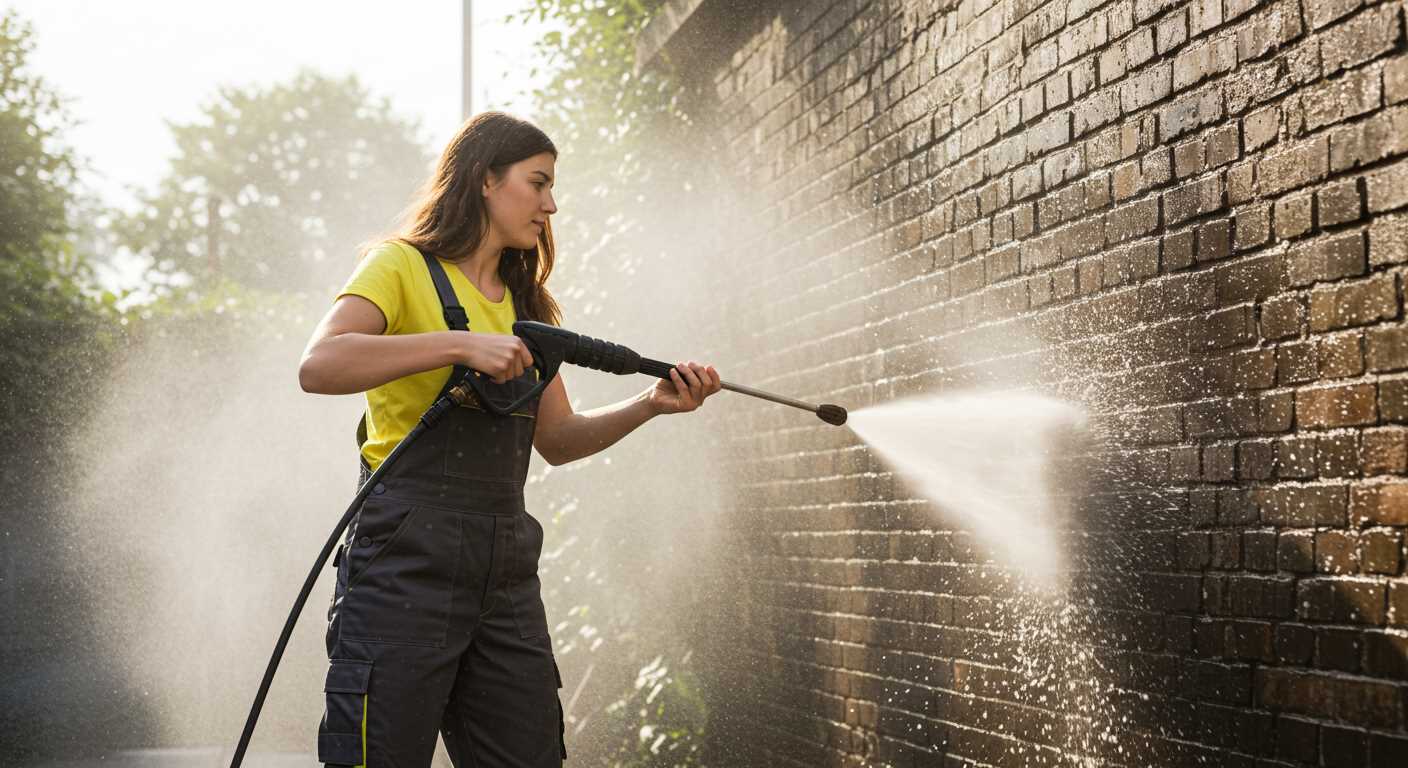
Power transmission occurs through a crankshaft connected to the pump’s drive mechanism. When the motor operates, it spins the crankshaft, which directly influences the pump’s pistons or diaphragm. This rotation compresses water, resulting in high-pressure output. The design often includes a direct drive system, which improves efficiency by reducing the number of moving parts, leading to lower maintenance and higher reliability.
Variable Speed and Pressure Adjustments
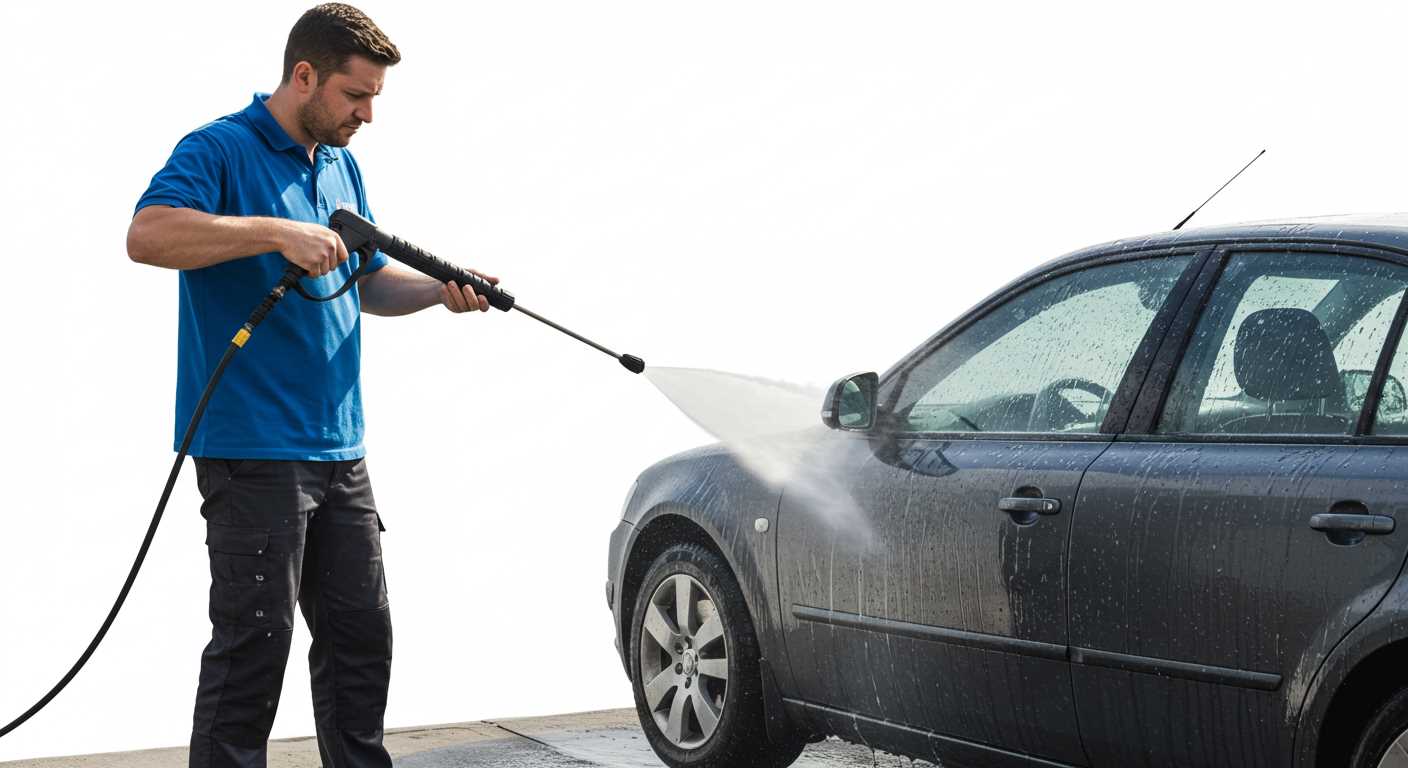
Some models feature variable speed controls, enabling users to modify the flow rate and pressure as needed. This is particularly advantageous for handling different surfaces or stubborn stains. The ability of the motor to manage these adjustments enhances versatility, making it suitable for a variety of cleaning tasks. Understanding the relationship between the motor’s power and the pump’s functionality can significantly impact the effectiveness of any cleaning operation.
When assessing cleaning tools, consider the motor specifications and its compatibility with the pump for optimal performance. This synergy ensures that the unit operates smoothly, delivering consistent results regardless of the challenge at hand.
Mechanisms of Water Flow Through the Washer
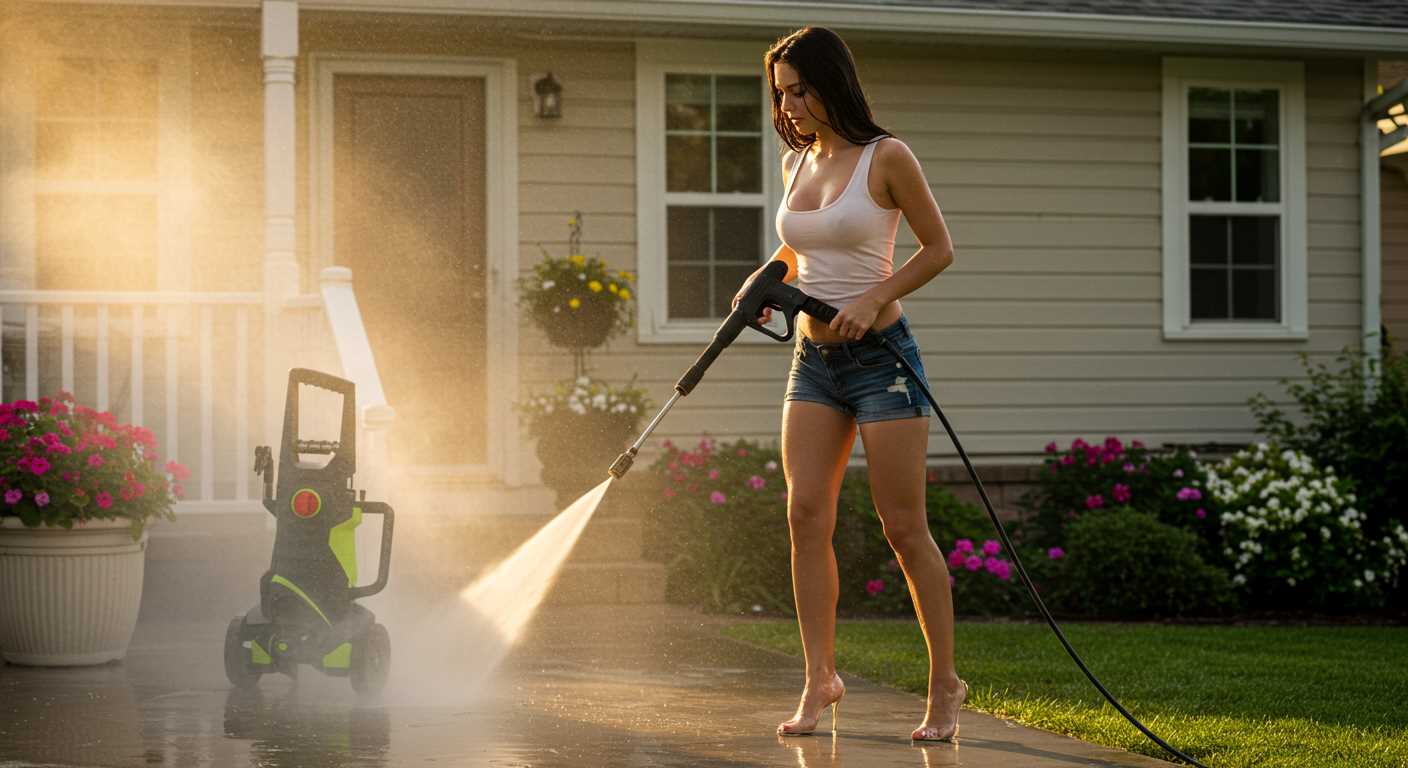
The pathway of water within a cleaning device is meticulously engineered for optimal performance. Initially, water enters through the inlet, typically connected to a garden hose. The flow is regulated by a filter, which ensures that debris does not obstruct further components.
Once the water passes through the filter, it reaches the pump. The pump is vital, as it converts ordinary water pressure into a significantly higher flow rate. This boost is essential for achieving the effective cleaning performance expected from these devices. The pump’s configuration often features a system of pistons or diaphragms that help increase the water pressure. When the motor activates, it drives the pump, creating a flow of water with increased velocity.
Following this process, the pressurised water is directed towards the hose. The hose itself is built to withstand high pressures and is equipped with a quick-connect fitting for secure attachment to various spray nozzles. When the trigger on the spray gun is engaged, a valve opens, directing the flow of pressurised water out through the chosen nozzle.
The nozzle plays a critical role in determining the shape and intensity of the water stream. Different nozzle types alter the spray pattern, ranging from a fine mist to a concentrated jet, which allows users to adjust according to the specific cleaning need. This versatility is paramount when addressing diverse surface types and levels of grime.
Finally, upon releasing the trigger, the valve closes, causing the water to cease flowing. This action prevents any potential backflow into the unit, safeguarding the internal mechanisms from damage. Understanding this flow system allows users to appreciate the technical intricacies that enable a robust cleaning experience.
Importance of Pressure Settings for Different Cleaning Tasks
For various cleaning chores, selecting the right pressure setting is paramount. Using an excessively high force can damage delicate surfaces like wood or paint, while a low setting might fail to remove tough stains from concrete or metal.
Common Cleaning Tasks and Recommended Settings
When tackling grime on a car, I suggest using a lower setting of around 1200 to 1500 psi. This will effectively lift dirt without risking damage to the paintwork. For cleaning patios or driveways, a higher setting of 2500 to 3000 psi is appropriate, ensuring the removal of embedded dirt and mildew.
Adjusting for Surface Types
Consider the materials involved. For roofs, particularly those with shingles, a psi of 1300 to 1600 is advisable to avoid dislodging tiles. In contrast, brick and masonry surfaces can withstand pressures of 3000 psi and higher.
Equally vital is the angle of the nozzle. For instance, a wider spray width is beneficial for broad surfaces, while a concentrated stream is necessary for stubborn stains. Understanding these variables can significantly enhance cleaning effectiveness and prevent surface damage.
Generating Pressure Levels in Electric Wash Units
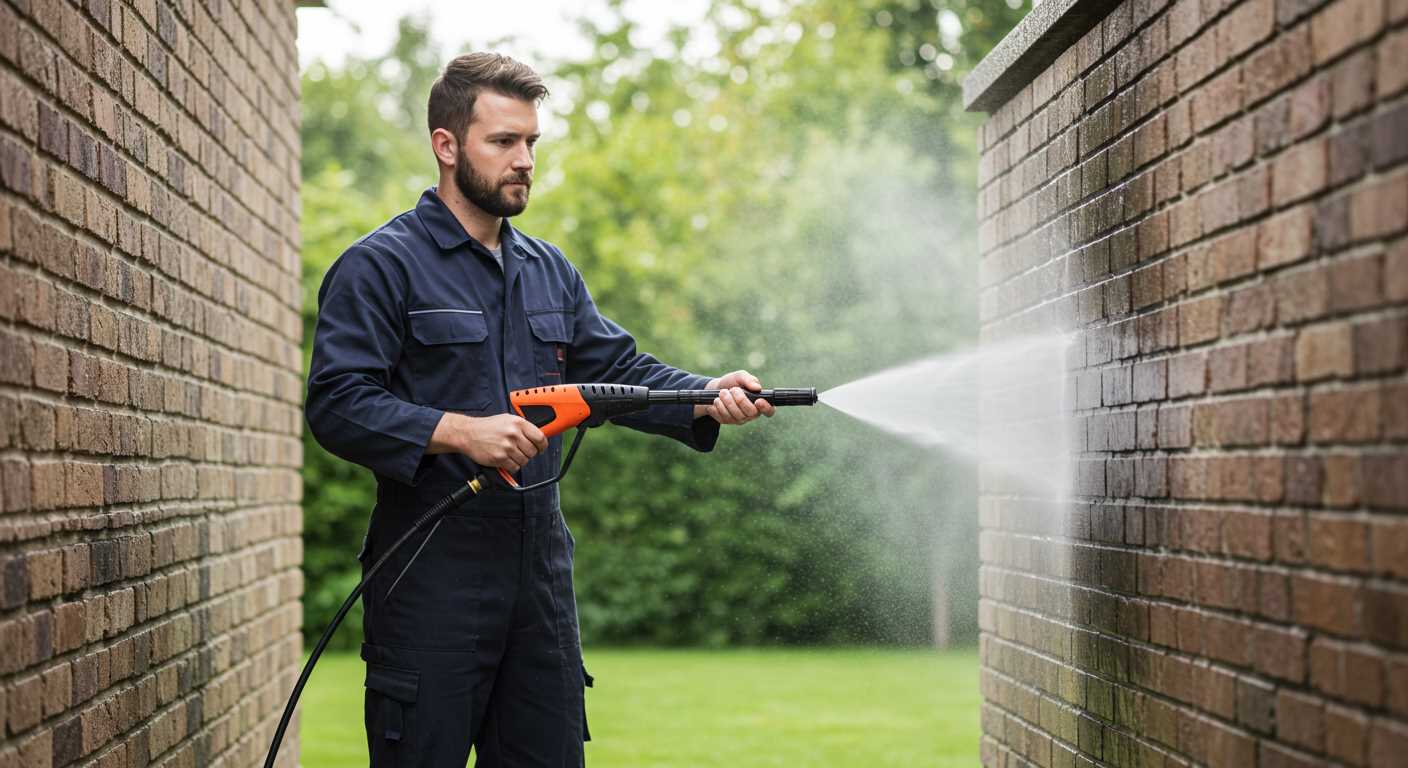
To achieve optimal cleaning results, units harness water flow through a series of precise mechanisms. It starts with an efficient pump, capable of converting low water flow into high pressure. The key component driving this is the motor, which operates at varying speeds to manipulate the pump’s action effectively.
As the motor engages, it spins an impeller located within the pump. This creates a vortex that sucks in water–typically from a garden hose–and pushes it through an outlet at elevated pressure. The increase in velocity as water exits the nozzle is what delivers a powerful jet for tackling grime and dirt.
The design of the nozzle also plays a pivotal role in pressure generation. Different nozzle sizes and shapes can either concentrate or disperse the flow, significantly impacting the force delivered to the surface being cleaned. Adjusting the nozzle can be as crucial as tuning the motor’s output for specific tasks, ranging from delicate washing of vehicles to the robust cleansing of driveways.
In addition, many of these devices include adjustable pressure settings. By managing the flow rate and the force exerted, I can optimise performance for various cleaning applications, ensuring that I preserve surfaces while achieving maximum effectiveness.
Identifying suitable nozzles for various surfaces
For optimal cleaning, selecting the right nozzle significantly influences the outcome. For hard surfaces like concrete or brick, use a zero-degree or fifteen-degree nozzle that concentrates the water stream for effective removal of tough grime. The narrow angle maximises pressure for stubborn stains.
Soft surfaces such as wood or painted decks require greater caution. A 25-degree or 40-degree nozzle disperses water over a broader area, preventing potential damage. This wider spray is ideal for gentle cleaning of delicate materials while still providing adequate performance.
Garden furniture and vehicles benefit from a 25-degree nozzle as well. It combines strength and safety, effectively removing dirt without risking scratches or damage. When cleaning vehicles, remember to maintain a safe distance to avoid harming the paintwork.
For tasks like washing windows, a turbo nozzle or rotating nozzle works best, providing a swirling action that eliminates dirt without excessive pressure. This nozzle type is versatile, great for various surfaces like glass and metal, making it suitable for multiple cleaning tasks.
Always assess the surface condition and consult manufacturer guidelines for nozzle selection. The right nozzle not only enhances cleaning efficiency but also prolongs the life of both the equipment and the surfaces being treated.
Guidelines for maintaining your electric pressure washer
Regular maintenance extends the life of your cleaning equipment and ensures optimal performance. First, always disconnect the unit from the power supply before any servicing. After each use, remove any attachments and clean them to prevent blockages. Rinse the nozzle and store it safely to avoid damage.
Check the water inlet filter frequently. A clogged filter can lead to reduced water flow and pressure. Clean or replace it as needed to keep everything running smoothly.
Inspect the machine for leaks and signs of wear. Pay attention to hoses and connections, as even minor leaks can affect functionality. Replace damaged components immediately to avoid further issues.
Store your unit in a dry place, away from extreme temperatures. This protects the internal components from damage and preserves the unit’s overall condition.
Flushing the system with clean water after prolonged use prevents sediment buildup, particularly if the water source is hard. Ensure the water is free from dirt and debris before use.
Below is a table summarising key maintenance tasks:
| Maintenance Task | Frequency | Notes |
|---|---|---|
| Check power supply and connections | After every use | Ensure no fraying or damage |
| Clean water inlet filter | Every month | Avoid clogs that reduce flow |
| Inspect hoses for leaks | Before each use | Replace if damaged |
| Flush system with clean water | After extended use | Prevents buildup |
| Store in dry conditions | After every use | Avoid extreme temperatures |
Adhere to these guidelines diligently to keep your cleaning unit functioning at its best for years to come.
Common troubleshooting tips for electric pressure washers
If the machine fails to start, check the power supply. Ensure that it is properly plugged in and that the outlet is functioning. Use a multimeter to test the current if necessary.
Should the unit lose pressure during operation, inspect the nozzle for clogs. Clean or replace it as needed. Additionally, examine the connections for any leaks or damaged hoses, as they can cause pressure drop.
If water leaks from the machine, check the seals and fittings. Tighten or replace any worn-out components to prevent further leaks.
In cases where the motor runs but does not draw water, verify the inlet filter for blockages. Clean any debris that might be obstructing the water flow.
For persistent tripping of the circuit breaker, consider evaluating the power supply. Ensure the usage of a dedicated circuit, and avoid overloading it with other appliances.
Should the machine produce strange noises during operation, keep an ear out for any unusual grinding or rattling sounds. This might indicate damaged bearings or loose components, which require immediate attention.
When experiencing a loss of cleaning power, adjust the nozzle settings based on the surface being cleaned. Switching to a more suitable nozzle can significantly enhance performance.
Regular maintenance checks can preempt issues. Conduct routine inspections of hoses, nozzles, and filters to keep the unit functioning optimally.







